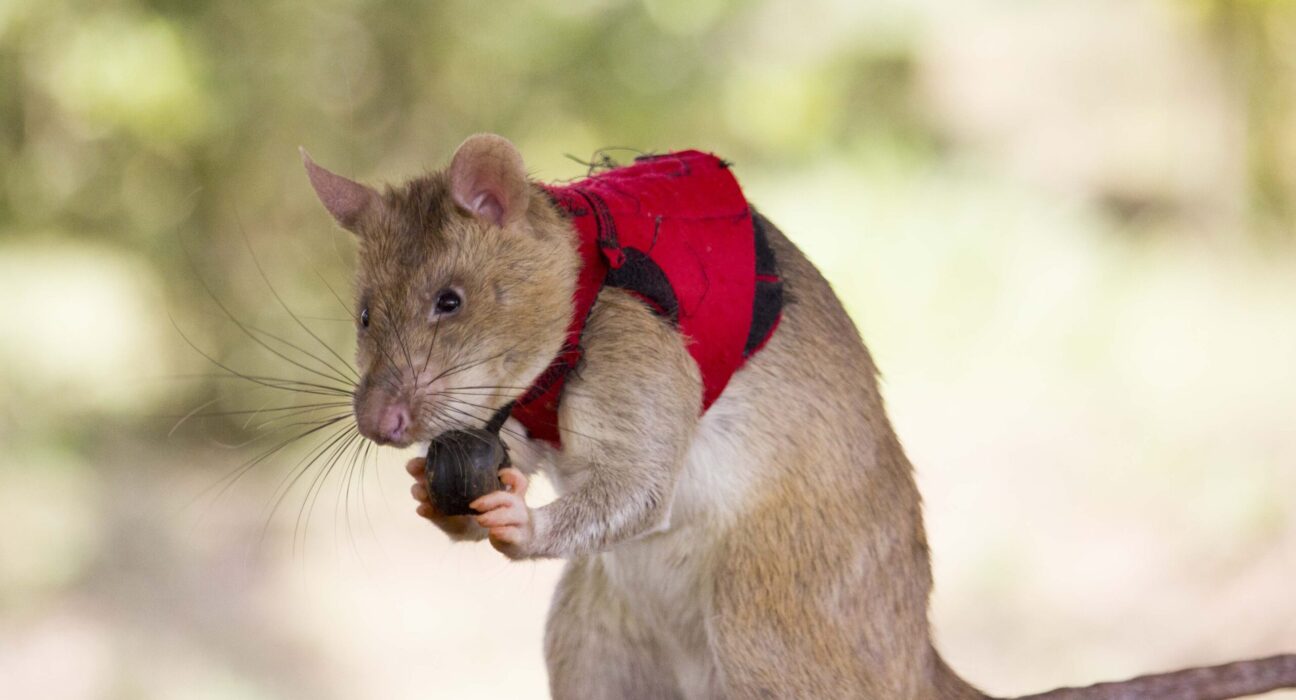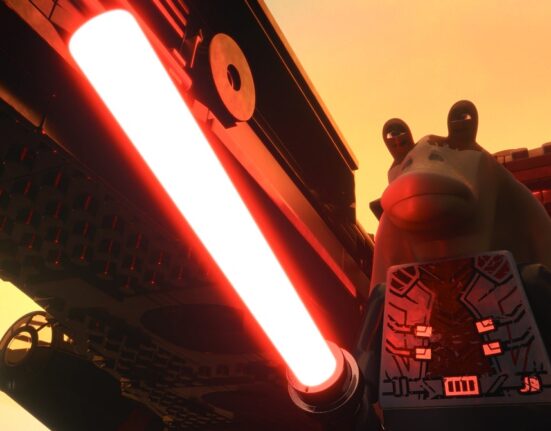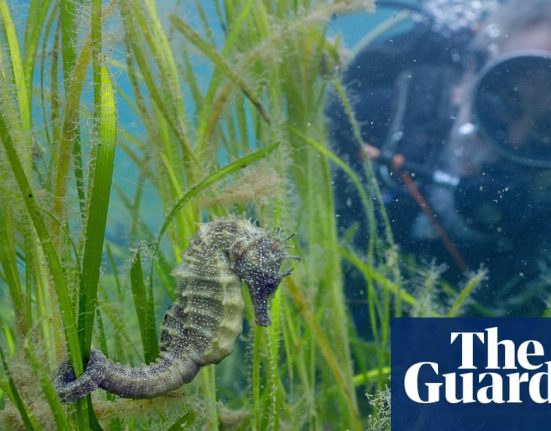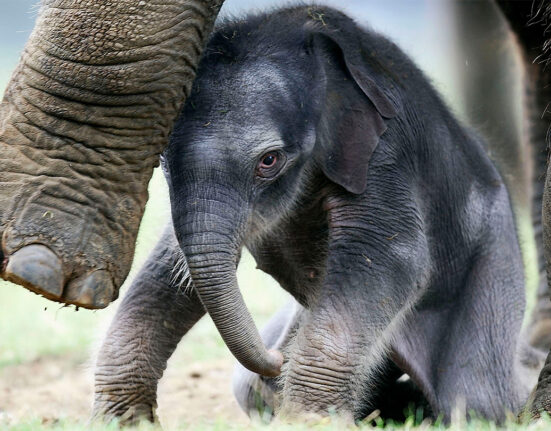A new kind of border patrol agent could soon start work in African ports, sniffing out illegal goods that are smuggled across country lines. They’re rats. And they wear tiny red vests.
African giant pouched rats have been trained to identify pangolin scales, elephant ivory and other items from at-risk species, researchers report October 30 in Frontiers in Conservation Science. The animals could soon play a part in deterring the international wildlife trade.
Wildlife smugglers “are disrupting the biodiversity on the ground by poaching specific species,” says Isabelle Szott, a behavioral ecologist who helped train rats in Morogoro, Tanzania, with APOPO, a nonprofit that deploys scent-detection animals. “It’s very brutal.” Poachers might hack horns off living rhinos or leave dead elephants to rot on the forest floor (SN: 6/18/15).
Some ports employ canines to detect illegally smuggled goods, but African pouched rats (Cricetomys ansorgei) also have potential. The creatures have an incredible sense of smell. Plus, they’re agile and relatively inexpensive to care for. Other APOPO-trained rats can sniff out landmines and detect tuberculosis in mucus samples (SN: 5/14/18).
Szott’s team taught 11 rat trainees how to differentiate between odors, including the targeted ones from wildlife species as well as other benign scents. The laboratory was a giant box, outfitted with 10 small chambers where the researchers placed different samples. By rewarding the rats when they held their nose for three seconds above the target odor, researchers taught the rats to signal — and get snacks.
The rats learned to signal for pangolin scales, rhino horn, elephant tusk and African blackwood, which is popular for use in musical instruments. Eventually, the eight rats that completed the project could distinguish the four scents from 146 other odors commonly used by smugglers to mask and hide their goods, like cardboard, electric cables and synthetic wigs.


Still, training the rats in the lab to detect scents is only the beginning. Trainees have since ventured into mock warehouses and some have even deployed to real ports, says Szott, who is now with the Okeanos Foundation in Darmstadt, Germany.
While new wildlife detectives are being trained, some of the original cohort are now enjoying their golden years. Pampered with fruits, veggies and sun-dried fish, “they’ve got a whole retirement colony in APOPO where they just live out their days,” Szott says.













